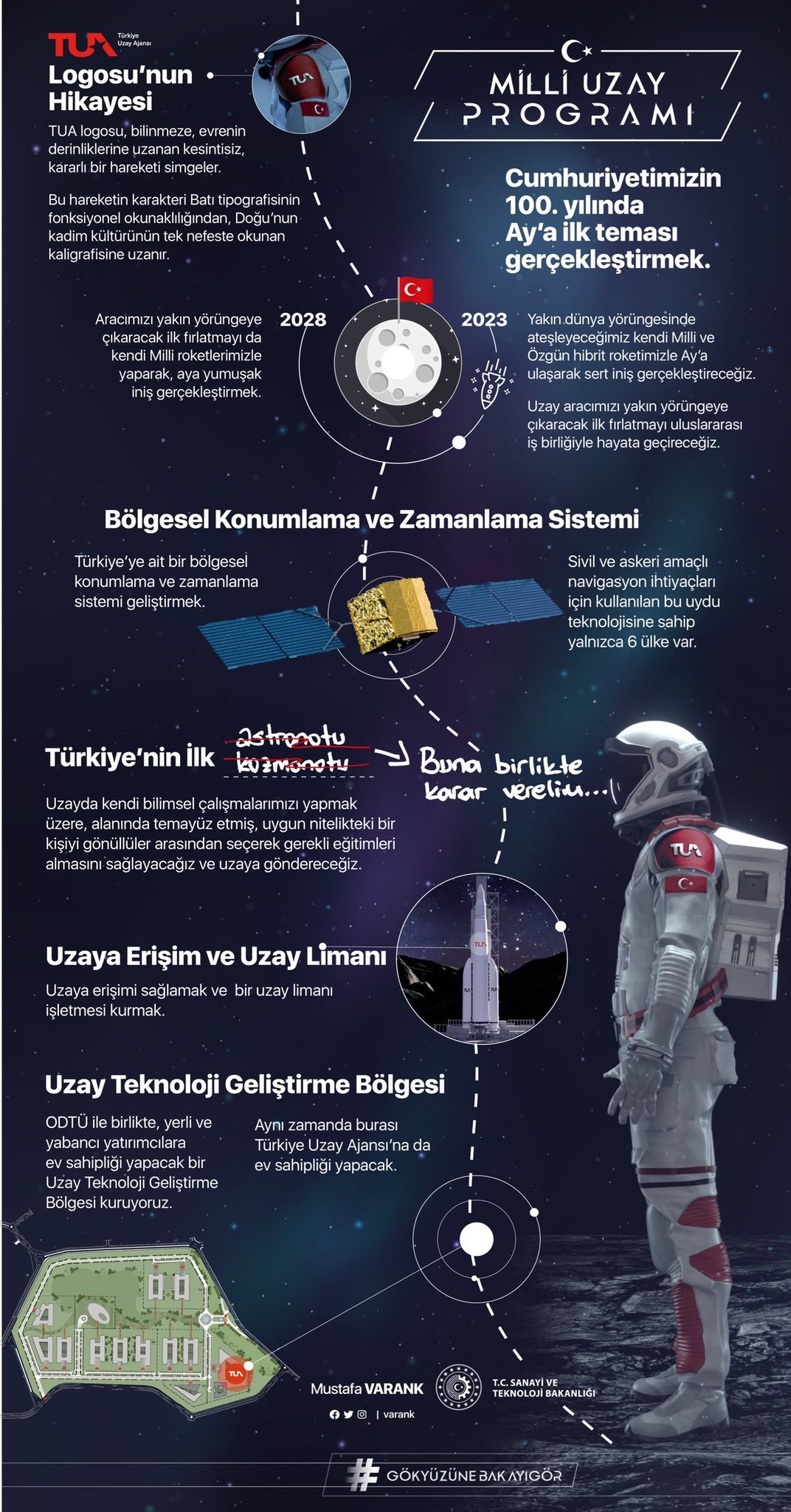Galactic Penguin SST
BANNED

- Joined
- Aug 10, 2017
- Messages
- 1,454
- Reaction score
- 1
- Country
- Location
Introduction
As already disclosed back in 2012, North Korea's Lunar Exploration Program (NKLEP) will start with an Orbiter. Landers are expected to follow. While permanent bases have been depicted in New Year's show.
Moreover, like Italy, Japan, Germany, India, Israel, South Korea, Spain, etc, it is common practice to test dual-use civilian-military space technologies under the guise of space explorations.
Please note that under the guise of "civilian research and demonstration platform", Japan has tested live and perfected with the tacit connivence of the U.S. its warhead reentry technologies.
With last year's Hayabusa-2 Asteroid Sampling Return mission successful recovery of a Reentry Vehicle at the speed of the second cosmic velocity, Japan concludes a second demonstration of dual-use civilian-military technology. Under the nose and applause of the international community.
After the Epsilon solid propellant ICBM, the re-entry warhead, this same technologies are the third steps out of 4, in the development and testing of a Japanese nuclear vector: the validation of its Post Boost Vehicle.
The expected ultimate and 4th step, to be followed closely will be the detonation in some remote outer space body of its nuclear device, and under the pretext of space exploration!
Moscow and St Petersburg will soon be within Japan's Strategic Forces' striking range!
According to the U.S. playbook of double standard practice in the application of international laws, team India-Israel ups the ante by announcing last December a new Beresheet-2 lunar lander as a cover for testing once more dual-uses military-civilian technologies unlocking Post Boost Vehicle for its ICBMs!
The unprecedented attempt to land 2 mini landers on the lunar surface has never been done before, with little scientific value, due to the smaller scientific payload.
It can only be interpreted as a stern warning to Israel's adversaries of its ability to manoeuver a Post Boost Vehicle and deliver 2 separate nuclear warheads to the pre-designated targets!
The testing being done 384'400 km afar.
Here a more recent exemple.
We are talking about the Chinese proposal to use the Lunar mission Chang'e 7 to detonate a small bomb (yes) on the surface of the Moon!
This dual-use civilian-military technology is equivalent to a missile with 200g of TNT equivalent explosive warhead, causing a crater of 1.5 meters deep, at a distance of 500-1000 meters from the lander!
In military term, China's People's Liberation Army (P.L.A.) would have demonstrated after the U.S. and Japan, in being the 3rd power in the World to master missiles in outer space.
Capability especially useful when dealing with co-orbital targets, such as Geosynchronous satellites that can not be reached with current ASAT Kinetic Kill Vehicle (KKV) missile from the ground.
In a nutshel, team North Korea and Iran will have to test their PBV and MIRV technologies on the Moon.
Iran's Lunar Exploration Program (ILEP)
Notice the lunar orbiter will precede the GEO satellite as explained below:

https://archive.vn/OvBUF/5fdf8ee766db5db2f7218da19308a5aa37c182f1.jpg ; https://archive.vn/OvBUF/f590bba848f7c7e5a0eaaef872d70c73c5268ff0/scr.png ; http://web.archive.org/web/20191006202452/https://i.imgur.com/1hLylwc.jpg
▲ 1. Lunar gravity assist used to place North Korea's satellite into the GEO belt.






As already disclosed back in 2012, North Korea's Lunar Exploration Program (NKLEP) will start with an Orbiter. Landers are expected to follow. While permanent bases have been depicted in New Year's show.
Moreover, like Italy, Japan, Germany, India, Israel, South Korea, Spain, etc, it is common practice to test dual-use civilian-military space technologies under the guise of space explorations.
Please note that under the guise of "civilian research and demonstration platform", Japan has tested live and perfected with the tacit connivence of the U.S. its warhead reentry technologies.
With last year's Hayabusa-2 Asteroid Sampling Return mission successful recovery of a Reentry Vehicle at the speed of the second cosmic velocity, Japan concludes a second demonstration of dual-use civilian-military technology. Under the nose and applause of the international community.
After the Epsilon solid propellant ICBM, the re-entry warhead, this same technologies are the third steps out of 4, in the development and testing of a Japanese nuclear vector: the validation of its Post Boost Vehicle.
The expected ultimate and 4th step, to be followed closely will be the detonation in some remote outer space body of its nuclear device, and under the pretext of space exploration!
Moscow and St Petersburg will soon be within Japan's Strategic Forces' striking range!
According to the U.S. playbook of double standard practice in the application of international laws, team India-Israel ups the ante by announcing last December a new Beresheet-2 lunar lander as a cover for testing once more dual-uses military-civilian technologies unlocking Post Boost Vehicle for its ICBMs!
The unprecedented attempt to land 2 mini landers on the lunar surface has never been done before, with little scientific value, due to the smaller scientific payload.
It can only be interpreted as a stern warning to Israel's adversaries of its ability to manoeuver a Post Boost Vehicle and deliver 2 separate nuclear warheads to the pre-designated targets!
The testing being done 384'400 km afar.
Here a more recent exemple.
We are talking about the Chinese proposal to use the Lunar mission Chang'e 7 to detonate a small bomb (yes) on the surface of the Moon!
This dual-use civilian-military technology is equivalent to a missile with 200g of TNT equivalent explosive warhead, causing a crater of 1.5 meters deep, at a distance of 500-1000 meters from the lander!
In military term, China's People's Liberation Army (P.L.A.) would have demonstrated after the U.S. and Japan, in being the 3rd power in the World to master missiles in outer space.
Capability especially useful when dealing with co-orbital targets, such as Geosynchronous satellites that can not be reached with current ASAT Kinetic Kill Vehicle (KKV) missile from the ground.
In a nutshel, team North Korea and Iran will have to test their PBV and MIRV technologies on the Moon.
Iran's Lunar Exploration Program (ILEP)
Iran's Lunar Orbiter
Morteza Barari, the head of Iran's Space Agency and the Deputy Minister of Communications, in an interview with Mehr, announced the moon exploration program.
A Lunar orbiter project is to be done by the private sector and we have made initial agreements.
This project is about space exploration.
In this way, a satellite will orbit the moon.
An 18-member team from one of the country's universities has now begun the designing.
The lunar orbiter will be an important event.
The UAE has already started this project and has benefit of a lot of knowledge in this area.
Researchers in our country have also started their program.
We plan to send the first orbiter to the moon (380'000 kilometers from Earth) in the next two years.
http://web.archive.org/web/20210203110321/https://www.mehrnews.com/news/5137377/%D8%A8%D8%B1%D9%86%D8%A7%D9%85%D9%87-%D8%A7%DB%8C%D8%B1%D8%A7%D9%86-%D8%A8%D8%B1%D8%A7%DB%8C-%D8%B3%D8%A7%D8%AE%D8%AA-%D9%85%D8%A7%D9%87%DA%AF%D8%B1%D8%AF-%D9%88-%D9%85%D9%86%D8%B8%D9%88%D9%85%D9%87-%D9%85%D8%A7%D9%87%D9%88%D8%A7%D8%B1%D9%87-%D8%A7%DB%8C
https://archive.vn/L95Qt
Morteza Barari, the head of Iran's Space Agency and the Deputy Minister of Communications, in an interview with Mehr, announced the moon exploration program.
A Lunar orbiter project is to be done by the private sector and we have made initial agreements.
This project is about space exploration.
In this way, a satellite will orbit the moon.
An 18-member team from one of the country's universities has now begun the designing.
The lunar orbiter will be an important event.
The UAE has already started this project and has benefit of a lot of knowledge in this area.
Researchers in our country have also started their program.
We plan to send the first orbiter to the moon (380'000 kilometers from Earth) in the next two years.
http://web.archive.org/web/20210203110321/https://www.mehrnews.com/news/5137377/%D8%A8%D8%B1%D9%86%D8%A7%D9%85%D9%87-%D8%A7%DB%8C%D8%B1%D8%A7%D9%86-%D8%A8%D8%B1%D8%A7%DB%8C-%D8%B3%D8%A7%D8%AE%D8%AA-%D9%85%D8%A7%D9%87%DA%AF%D8%B1%D8%AF-%D9%88-%D9%85%D9%86%D8%B8%D9%88%D9%85%D9%87-%D9%85%D8%A7%D9%87%D9%88%D8%A7%D8%B1%D9%87-%D8%A7%DB%8C
https://archive.vn/L95Qt
Notice the lunar orbiter will precede the GEO satellite as explained below:

https://archive.vn/OvBUF/5fdf8ee766db5db2f7218da19308a5aa37c182f1.jpg ; https://archive.vn/OvBUF/f590bba848f7c7e5a0eaaef872d70c73c5268ff0/scr.png ; http://web.archive.org/web/20191006202452/https://i.imgur.com/1hLylwc.jpg
▲ 1. Lunar gravity assist used to place North Korea's satellite into the GEO belt.




















